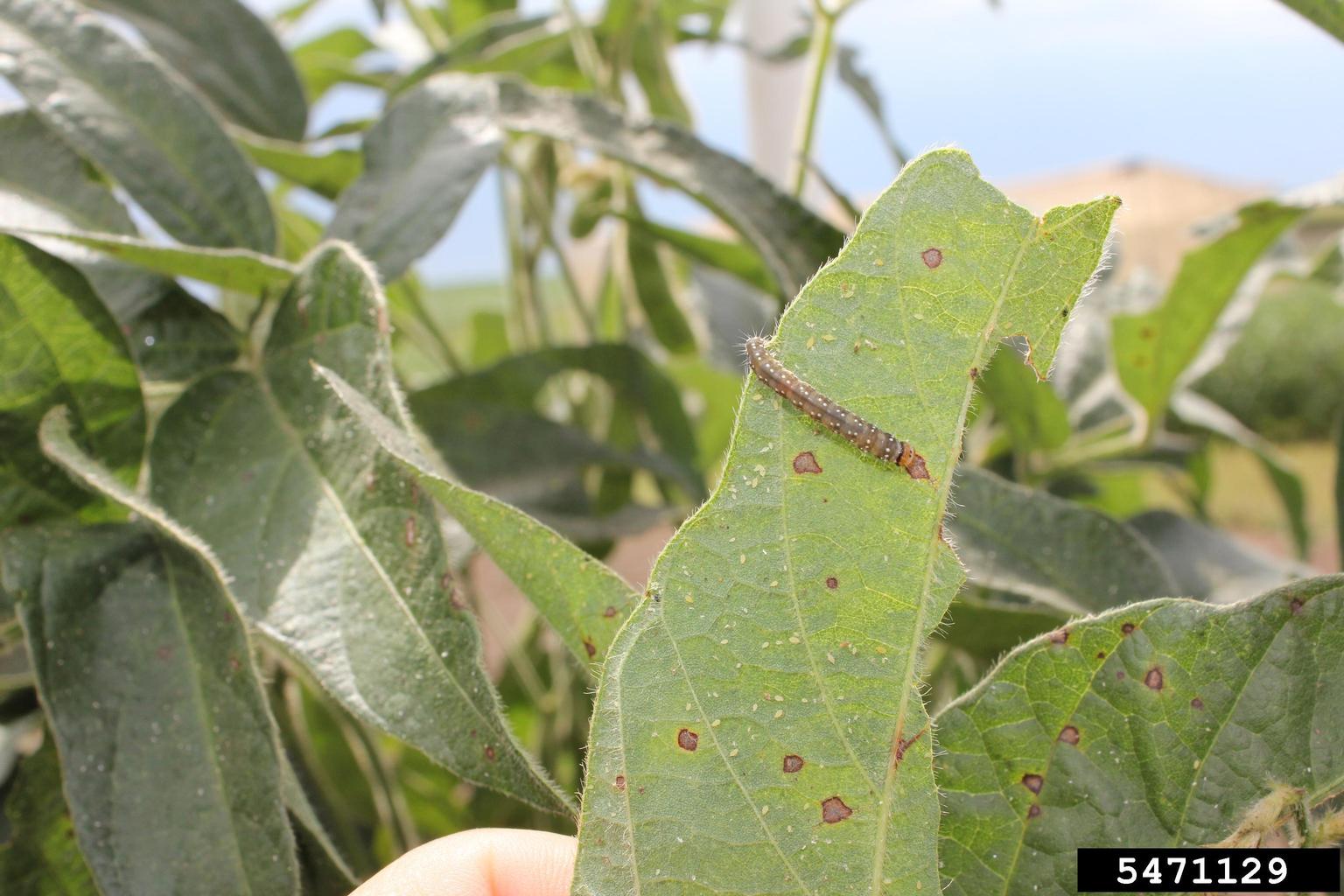What Are Fireworms: Tips On Fireworm Control In Gardens


Although starting and maintaining a garden is an exciting and rewarding task, the process can also be quite frustrating when fireworm pests wreak havoc on one’s most beloved plantings. Ranging from superficial to severe, recognizing the signs and symptoms of infestation is the first step to a healthy growing space.
About Fireworm Pests in Gardens
So what are fireworms? Fireworms, or Choristoneura parallela, are a pest common to crops such as soybeans and cranberry. Adult fireworm moths find and lay eggs on the surface of nearby plant foliage. Though the size of the yellow-bronze eggs is relatively small, they’re often laid in larger clusters. These egg clusters then hatch, and the fireworm larva begin to feed on growth of the host plant. As the larva feed, plant stems are wrapped in webbing. While early season plant damage is minimal, a second generation of the fireworms in the same season may greatly impact the quality of the fruit harvest, thus making fireworm management vital.
Fireworm Control
Need to know how to get rid of fireworms? Luckily for home cranberry growers, there are several options when it comes to managing and controlling fireworms. Early in the growing season, gardeners should do visual checks of the planting area, paying close attention to the presence of eggs or larvae. Fireworm larvae is usually found at the tips of cranberry branches. There, they will begin the process of feeding and forming webs. The removal of eggs from the garden will also help to ensure that crop damage is reduced. Since fireworm moths most often lay eggs on the topside of weeds growing near cranberry plants, one of the best methods of prevention is to maintain proper garden sanitation. Remove weeds growing near plants, as well as any other garden debris. While commercial growers are able to better control populations of fireworm larvae through flooding and the use of chemical controls, these methods are not recommended for home growers. If considering use of insecticides, make certain to contact a local agriculture agent as to gain valuable safety and region specific information.
Sign up for the Gardening Know How newsletter today and receive a free copy of our e-book "How to Grow Delicious Tomatoes".

Tonya Barnett has been gardening for 13 years. Flowers are her passion. She has transformed her backyard into a cut flower garden, which she regularly chronicles on her YouTube channel http://www.youtube.com/@tonyawiththeflowers.